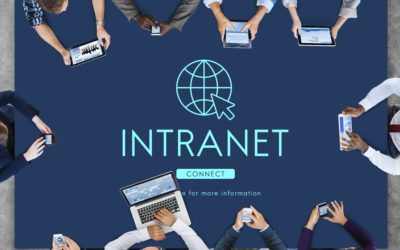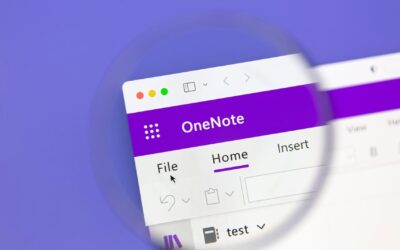What Is Cloud Computing?
Cloud computing refers to the on-demand availability of computer system resources, such as data storage. Some can be used without the need for active management by the user/users. Many different services offer public cloud computing, the most popular being Amazon Web Services, Salesforce CRM System, and Microsoft Azure.
Many businesses today make great use of cloud computing as it allows employees to share applications, stay on the same networks, access additional data storage, and other services that the user may need at a moment’s notice. The most significant advantage of cloud computing is that it can provide all these services from anywhere, so your employees can access it wherever they are.
Software as a Service (SaaS)
This type of cloud computing is built to deliver applications over the internet through a computer’s browser. Businesses often use a SaaS cloud computing model as it is easy to use and allows the company to develop their own modifications and additions to their applications. This allows them to change how the cloud works to match their business model and needs. The most popular SaaS cloud computing services are Google’s G Suite and Microsoft Office 365.
Infrastructure as a Service (IaaS)
IaaS provides storage and computer services on a pay-per-use basis. In other words, companies that rely on IaaS cloud computing only pay for the applications and storage that they need and nothing else. However, many services provided in IaaS go beyond just storage. Here are some of the services that IaaS cloud computing can offer to users:
- Highly scalable databases
- Virtual private networks
- Data Analytics
- Developer tools
- Machine learning
- Application monitoring
Among IaaS cloud computing providers, the leaders in the industry are Amazon Web Services, Microsoft Azure, and Google Cloud Platform.
Platform as a Service (PaaS)
When it comes to businesses that require sharing tools and assets between coworkers to function, PaaS may be the best choice. PaaS cloud computing offers services that make it easier to share work and tools between users, allowing for easier processing. It uses APIs to accelerate development testing and quicker deployment of applications. Among the most popular PaaS services on the market are Salesforce’s Heroku and Red Hat’s OpenShift.
Functions as a Service (FaaS)
FaaS is usually paired with IaaS cloud computing, as FaaS removes the need for a server to access the cloud. This is done by uploading functional blocks of code and causing them to react with specific events, such as submitting a form or uploading new data. By doing this alongside IaaS, major cloud computing companies allow businesses to access more applications without tapping into IaaS services until needed. This reduces the pay-per-use fees that would have occurred with just IaaS.
The Five Essential Characteristics of Cloud Computing
All cloud computing providers should have these essential characteristics:
- On-Demand Self Service: A user should be able to access cloud computing services anytime without human interaction.
- Broad Network Access: All services, capabilities, data, and applications stored on the computing cloud should be available by common computing platforms such as mobile phones, tablets, laptops, and workstations.
- Resource Pooling: The cloud computing service provider should allow for resources to be pooled together to serve many users, regardless of their virtual or physical available resources. This is extremely important as users should have access to essential resources no matter where they are; this includes storage, process, memory, and network bandwidth.
- Measured Service: Resource usage should be able to be monitored, controlled, and reported on to help provide transparency for both the provider of the service and the users.
- Rapid Elasticity: The capability and resources of cloud computing need to scale rapidly or pull back to match user demand. This allows cloud computing to handle what is required at the time and nothing more to protect both the system and the business from paying more than they need to.
Cloud Computing Deployment Models
There are four deployment methods in which cloud computing can operate. These are as follows:
Public Cloud refers to the infrastructure provisioned for open use by the general public. This type of cloud computing can be owned, managed, and operated by a business, school district, or government organization.
Private Cloud refers to the infrastructure created for the exclusive use of an individual or an organization. This cloud computing is owned, managed, and operated by a third party, the organization, or individuals themselves. It often exists off the premises of the organization or individual using it.
Government Cloud refers to a Private Cloud dedicated to Government use with Government level security.
Community Cloud is an infrastructure used specifically by a community of consumers from organizations with similar interests, such as a mission or security requirement. It is often owned and managed by one of the organizations in the community. However, a third party can also manage it.
Hybrid Cloud is an infrastructure used exclusively by a single organization comprising multiple consumers. They are owned, managed, and operated by the organization or a third-party provider.
Having trouble deciding what kind of cloud computing would be best for your business? Let the experts at Integris help! Our team of knowledgeable IT experts can not only advise you on the best practices for your business’s IT needs, but we can also provide you with around the clock support. Take your business to the next level and contact Integris for your managed IT needs or for more information on cloud computing.



